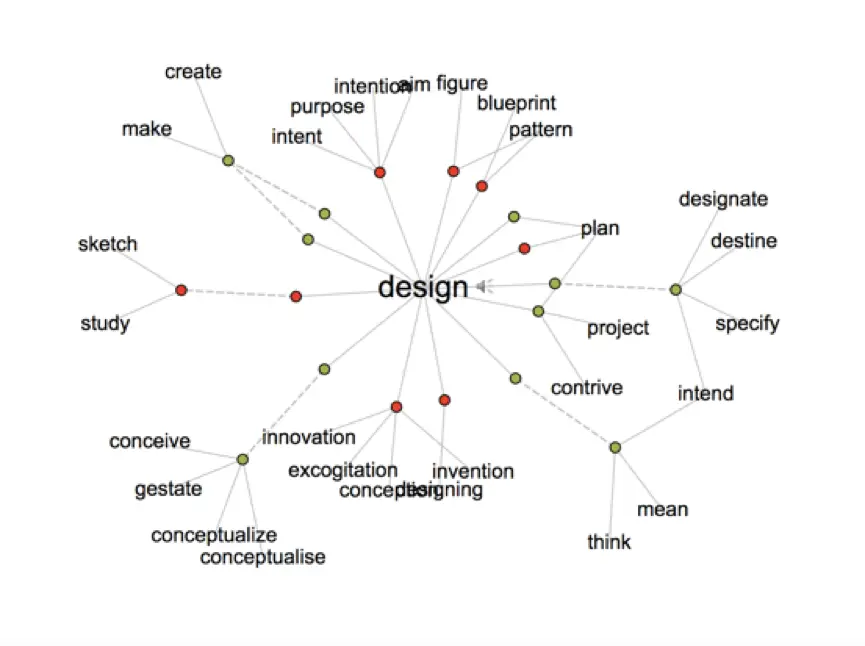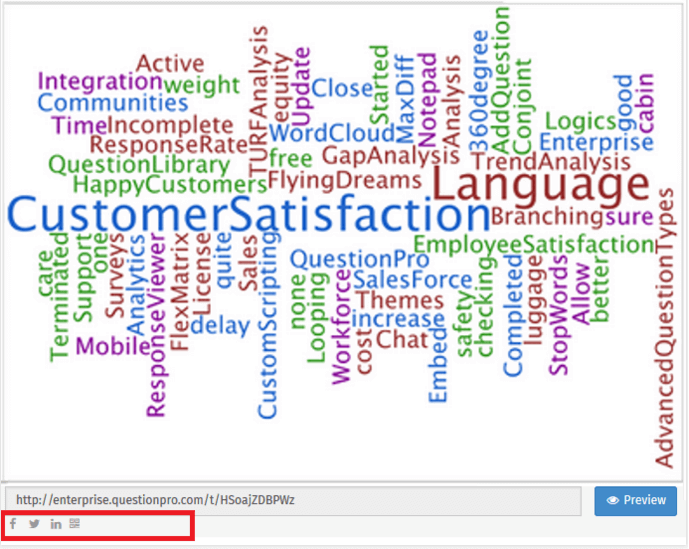

When sharing results from a lot of technical data, word clouds help viewers understand the results quickly even if they don’t have a mastery of the data.īe aware that counting results aren’t always comparing results. This data can easily start a conversation with your client of a user’s impressions of their brand or product. If consumers are given a list of words to describe their feelings towards a service or product, a word cloud can quickly summarize those responses, ranking the most selected words with the largest text. For example, tag clouds can help you visualize how customers feel about your products.Īnother great use for a word cloud is to summarize user surveys for a client. You will often find them on websites or blogs flagging top keywords or tag usage for aesthetic reasons. Word Clouds are compatible with all open-text fields that do not have numeric validation on them.Word clouds are used to get immediate insights into the most important words or terms in your data. The words in the visualization will take on various shades of the selected color, with bigger words appearing darker and smaller words appearing lighter. Just click the color dropdown and select a new color. You can change the color theme of your Word Cloud by using the Color setting. Just click the dropdown and choose which orientation style you prefer: Horizontal, Horizontal & Vertical, or Angled. You can adjust this orientation by using the Word Orientation feature. You can remove individual words from the stop list by clicking the X next to the word, or you can completely clear the stop list by clicking the gear dropdown and selecting Delete all.īy default, the words in the Word Cloud visualization are laid out both horizontally and vertically. To add a word to the stop list, just click Edit Stop Words, enter the word, and click Add. You can choose to filter out additional words by using the Stop Words feature.


Stop Wordsīy default, the Word Cloud visualization will filter out articles (a, an, the) and other common but not meaningful words. You can adjust the setting by clicking the plus or minus signs, or you can click directly into the text box and enter a specific value. By default, this count is set to 50, so your visualization will display the 50 most used words from your results. You can use the Max Words setting to determine how many words should appear in your Word Cloud. Read on for settings specific to the Word Cloud. Customization Optionsįor general settings, see the Visualizations Overview support page. Attention: The word cloud visualization supports the following languages: English, Danish, Dutch, Finnish, French, German, Hungarian, Italian, Norwegian, Portuguese, Romanian, Russian, Spanish, Swedish, and Turkish.


 0 kommentar(er)
0 kommentar(er)
